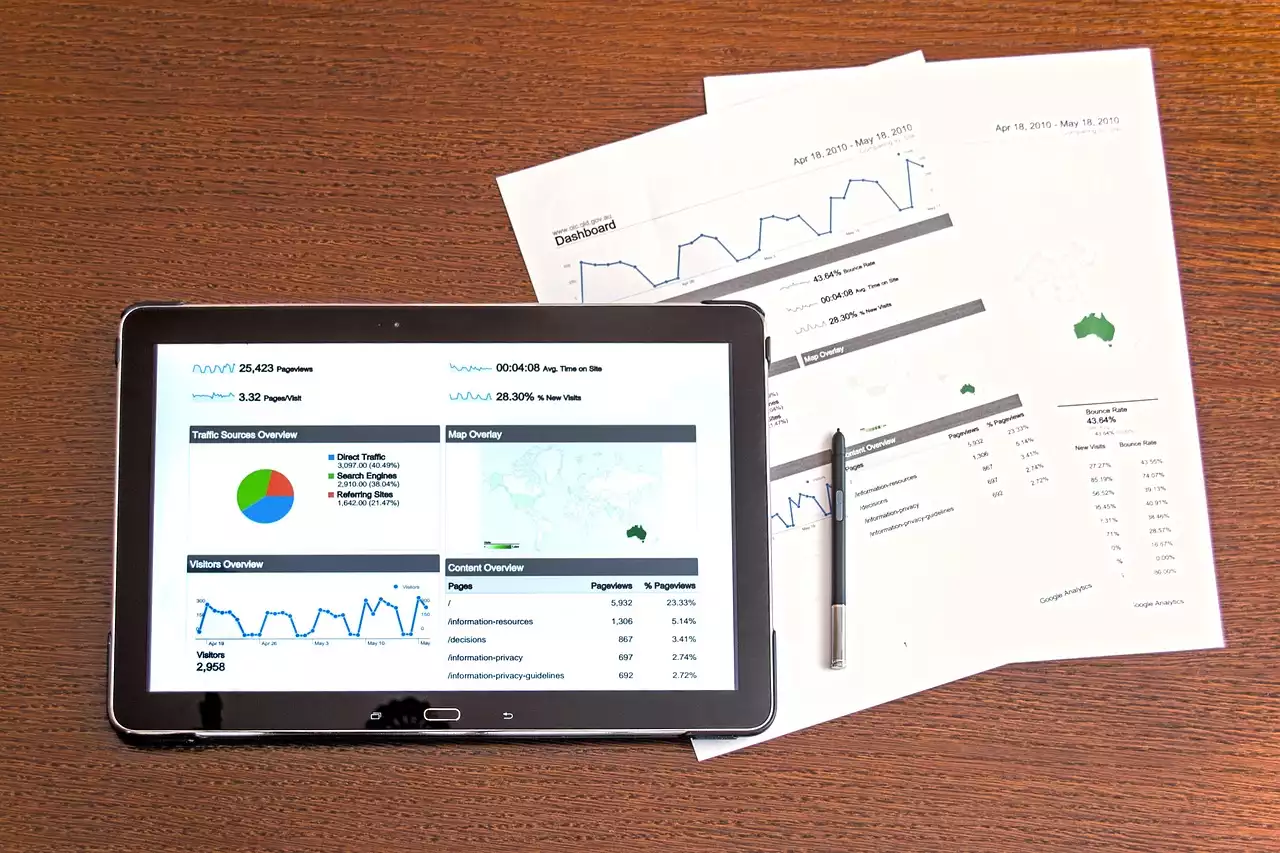Why tracking mobile marketing metrics is important
Mobile marketing is all about engaging with your target audience through their mobile devices. It's essential to track the right metrics to measure the success of your campaigns. By tracking the right metrics, you can gain valuable insights into your audience's behavior, preferences, and needs. You can also measure the effectiveness of your campaigns and identify areas that need improvement. Tracking mobile marketing metrics helps you make data-driven decisions, optimize your campaigns, and achieve your business goals.
Key mobile marketing metric 1: App Installs
App installs are one of the most critical metrics to track in mobile marketing. It measures the number of times your app has been downloaded and installed by users. It's essential to track this metric to understand how well your app is performing in the app stores. You can also use this metric to identify areas that need improvement, such as your app's visibility, user experience, and marketing strategy.
To increase your app installs, you need to optimize your app store listing, create engaging app content, and promote your app through various channels. You can also use paid app install campaigns to drive more downloads and increase your app's visibility.
Key mobile marketing metric 2: App Engagement
App engagement measures how users interact with your app after they've installed it. It includes metrics such as the number of sessions, session length, and the number of screens per session. Tracking this metric helps you understand how users are engaging with your app and identify areas that need improvement.
To improve your app engagement, you need to create a user-friendly and engaging app experience. You can also use push notifications, in-app messages, and other retention tactics to keep users engaged and coming back to your app.
Key mobile marketing metric 3: App Retention
App retention measures how many users continue to use your app after they've installed it. It's essential to track this metric because it costs more to acquire a new user than to retain an existing one. By improving your app retention, you can increase your app's lifetime value and ROI.
To improve your app retention, you need to focus on creating an engaging and valuable app experience. You can also use retention tactics such as push notifications, in-app messages, and personalized content to keep users engaged and coming back to your app.
Key mobile marketing metric 4: User Acquisition Cost (UAC)
User Acquisition Cost (UAC) measures how much it costs you to acquire a new user. It includes the cost of your marketing campaigns and the number of users acquired through those campaigns. It's important to track this metric because it helps you optimize your marketing spend and improve your ROI.
To reduce your UAC, you need to optimize your marketing campaigns and target the right audience. You can also use paid acquisition campaigns, social media ads, and influencer marketing to drive more users to your app.
Find Your Apps’ Best Users with Google’s Machine Learning (Google I/O '17)
Key mobile marketing metric 5: Conversion Rate
Conversion rate measures the percentage of users who take a specific action on your app, such as making a purchase, filling out a form, or subscribing to your newsletter. It's essential to track this metric because it helps you understand how well your app is converting users and identify areas that need improvement.
To improve your conversion rate, you need to optimize your app's user experience, create compelling app content, and use persuasive call-to-actions. You can also use A/B testing and other conversion optimization tactics to increase your conversion rate.
Key mobile marketing metric 6: Customer Lifetime Value (CLTV)
Customer Lifetime Value (CLTV) measures the total amount of revenue a user generates for your app over their lifetime. It's important to track this metric because it helps you understand the long-term value of your users and optimize your marketing and retention strategies accordingly.
To increase your CLTV, you need to focus on creating an engaging and valuable app experience, improving your app retention, and creating personalized marketing campaigns. You can also use loyalty programs and other retention tactics to increase your users' lifetime value.
Key mobile marketing metric 7: Return on Investment (ROI)
Return on Investment (ROI) measures the revenue generated by your app compared to the cost of acquiring and retaining users. It's essential to track this metric because it helps you understand the profitability of your app and optimize your marketing and retention strategies accordingly.
To increase your ROI, you need to optimize your marketing campaigns, improve your app retention, and increase your app's lifetime value. You can also use data-driven insights and analytics to identify areas that need improvement and make informed decisions.
How to track and optimize mobile marketing metrics
To track and optimize your mobile marketing metrics, you need to use a mobile analytics tool that can provide you with real-time insights and data. Some popular mobile analytics tools include Google Analytics for Mobile, Firebase Analytics, and Mixpanel.
Once you have access to your mobile analytics data, you need to analyze it regularly and identify areas that need improvement. You can use A/B testing, user feedback, and other optimization tactics to improve your app's performance and increase your mobile marketing metrics.









